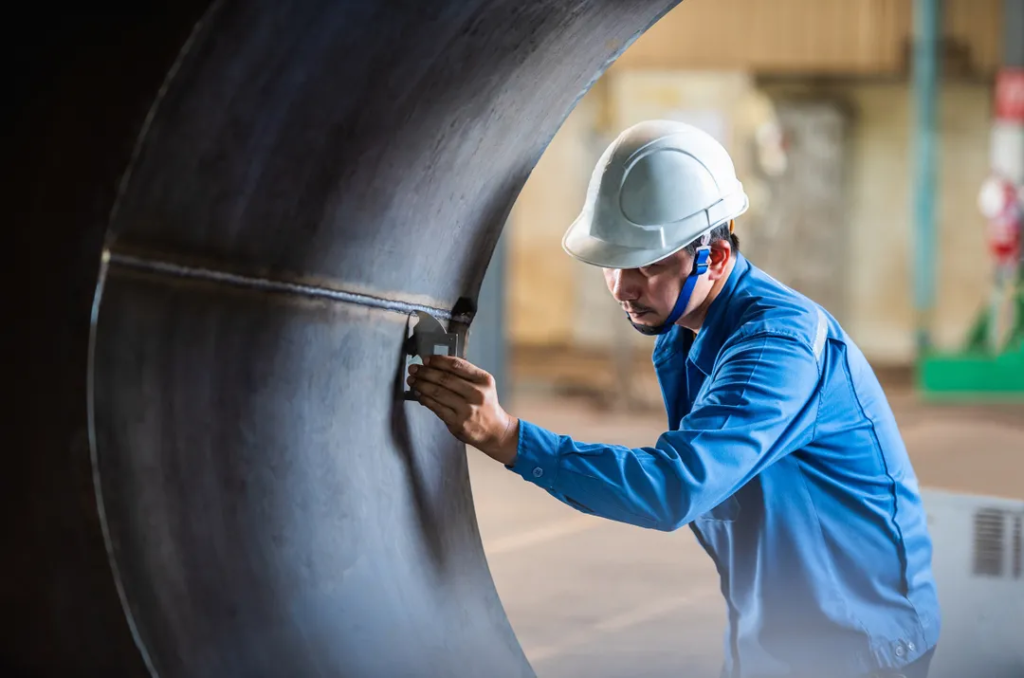In offshore oil and gas exploration, the offshore conductor is a vital element. These large – diameter pipes, usually made of steel or alloys, are essential for accessing underwater reserves.
## Structure and Installation
Offshore conductors are designed to be robust. Their thick walls can endure the high pressure of the deep sea. Installation is a complex task. Special drilling rigs use cranes to lower them into the water. Depending on the seabed, they are either jetted into soft sediments or pile – driven into hard ones.
## Functions in Drilling
They stabilize the drill string’s path, ensuring it reaches the target reservoir accurately. They also protect the wellbore from seabed materials and seawater. This keeps the wellbore intact and prevents corrosion. Additionally, conductors enable smooth drilling fluid circulation, which cools the drill bit, removes cuttings, and maintains well pressure.
## Technological Progress
The technology is advancing. Smart conductors with sensors can monitor conditions like pressure and temperature in real – time. New materials, such as those with nanocomposites, offer better strength and corrosion resistance. These improvements make drilling safer, more efficient, and cost – effective.
In summary, the offshore conductor is crucial for offshore drilling. Its continuous development will help meet the world’s energy needs as we explore deeper into the ocean.



